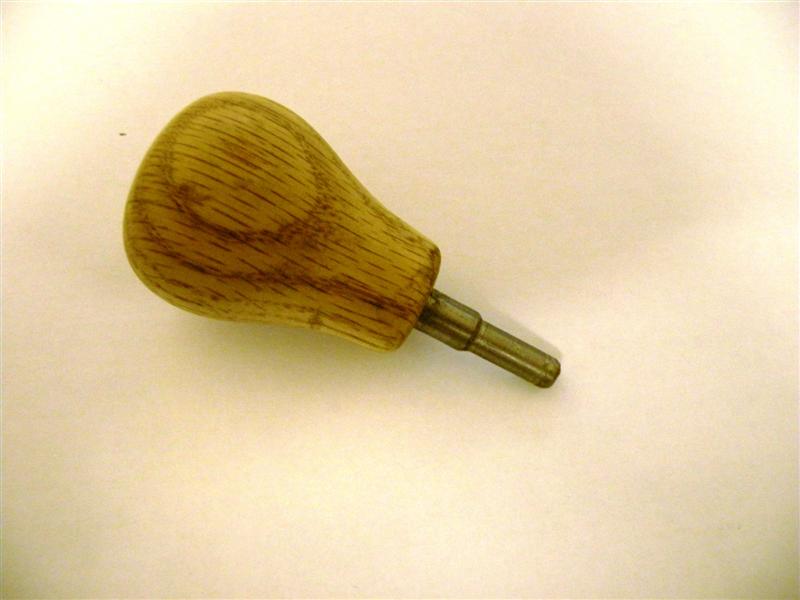Shay Vings
Established Member
Having probs with the brass tubes getting stuck when only partially inserted in the blank. I drill with the closest drill so the tubes are a nice sliding fit - no slop. Then I use thin CA distributed with a cotton bud. However fast I push the tube, the glue has stuck almost immediately.
I understand metal activates CA very quickly, but I do need a bit more time for this stage. I could use araldite or polyurethane, but thin CA seems to minimise the chances of adhesive getting inside the tubes in so I'd rather stay with that.
I note penmakers recommend abrading the tubes with wirewool or 400 grit and cleaning them with alcohol to ensure a good fix, but that seems to be the least of my problems!
Where am I going wrong?
I understand metal activates CA very quickly, but I do need a bit more time for this stage. I could use araldite or polyurethane, but thin CA seems to minimise the chances of adhesive getting inside the tubes in so I'd rather stay with that.
I note penmakers recommend abrading the tubes with wirewool or 400 grit and cleaning them with alcohol to ensure a good fix, but that seems to be the least of my problems!
Where am I going wrong?



































